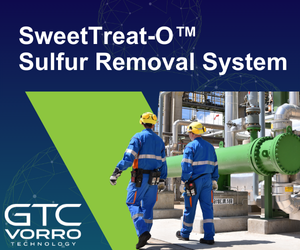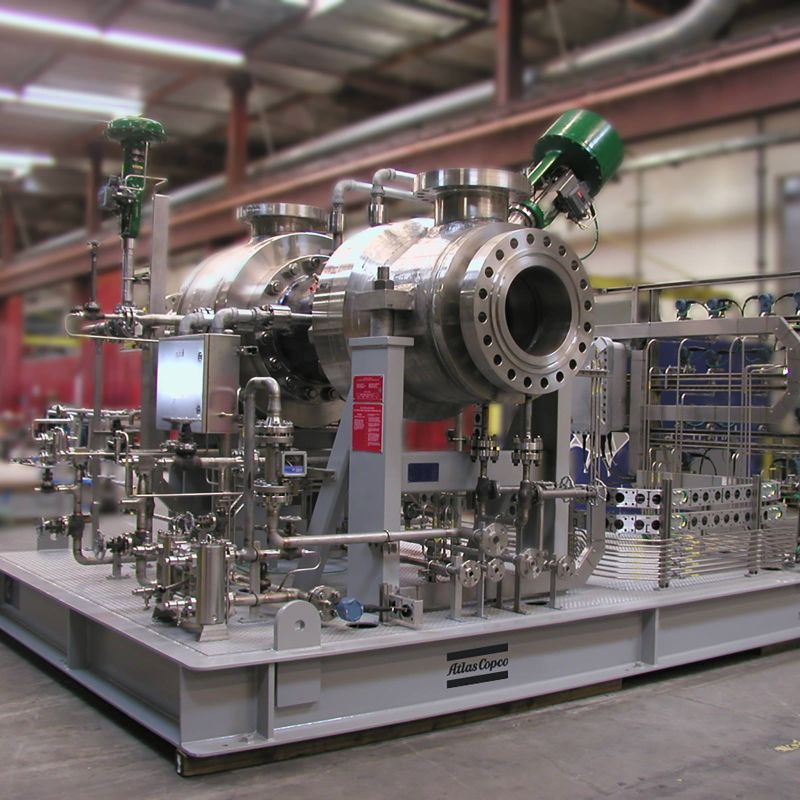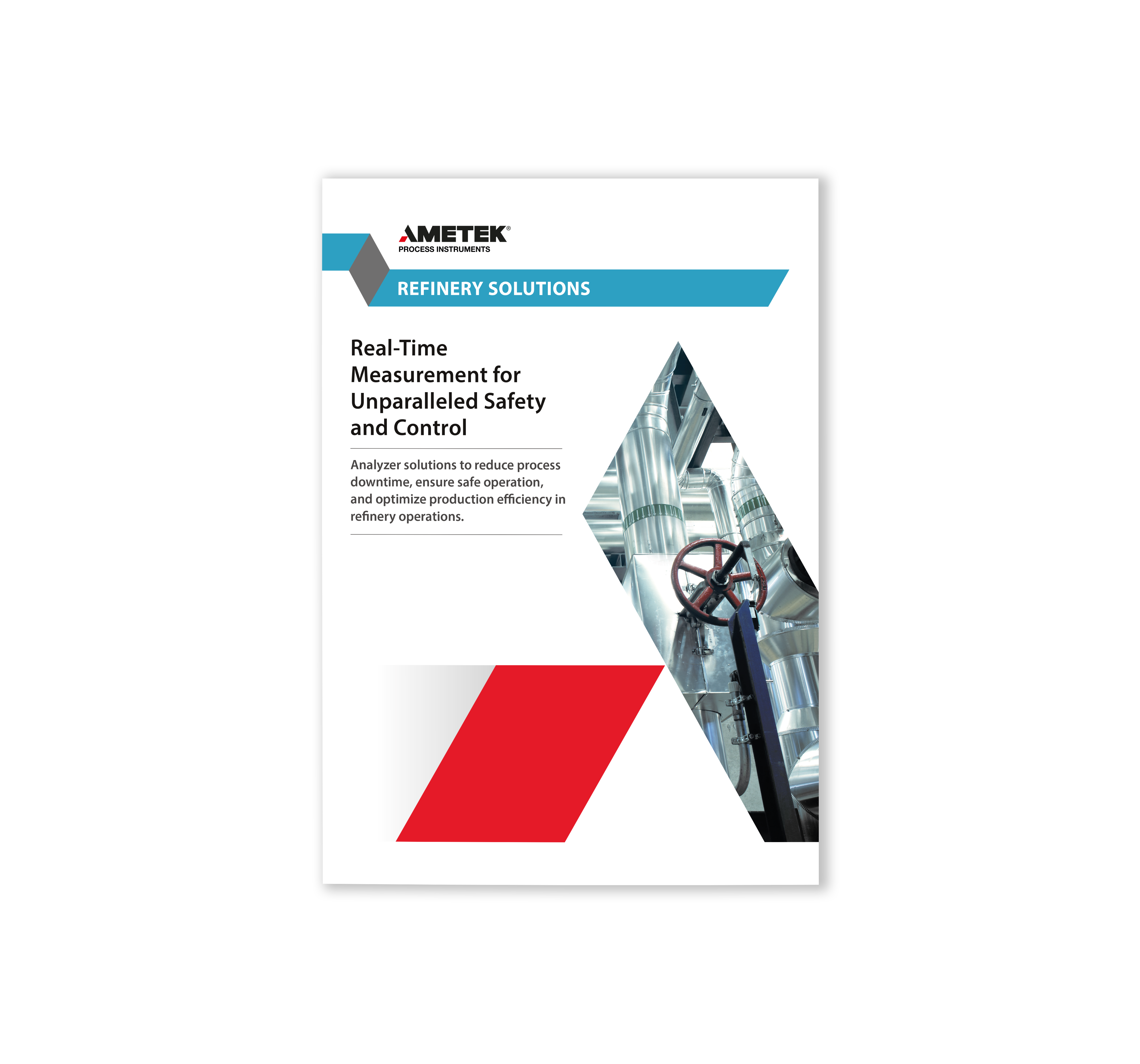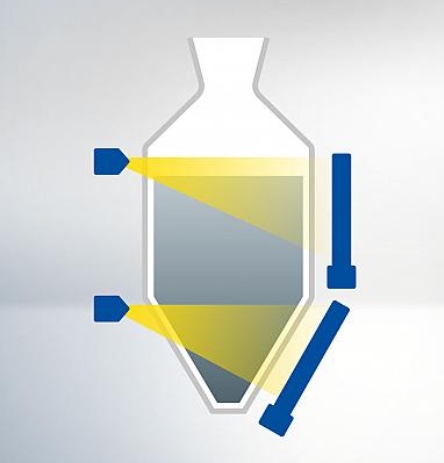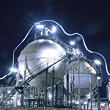Apr-2015
Improving CO2 absorber performance in LNG production
Simulation of deep CO2 removal in LNG and syngas applications, combined with intercooling, maximises effectiveness of piperazine-promoted MDEA solvents.
Ralph H Weiland and Nathan A Hatcher
Optimized Gas Treating, Inc
Viewed : 11621
Article Summary
A large fraction of the gas that remains after liquids have been recovered from shale gas is being liquefied for export as LNG. Producing LNG requires the removal of carbon dioxide (CO2) to below nominally 50 ppmv to avoid hydrate and freezing issues during liquefaction. Treating to 100s of ppmv of CO2 has been common for many years in the production of ammonia and various synthesis gases. However, it is a relatively new requirement in the hydrocarbon processing industry, and there is still a lot of room for improving process understanding, and concurrently for process improvement. Mass transfer pinches turn out to be an important consideration in deep CO2 removal applications such as LNG and syngas processing. Understanding pinches and their cause can be very useful in diagnosing column malperformance and unit bottlenecks, as well as for unit design and process optimisation.
Lean-end pinching of absorbers is well known and understood. It occurs when the solvent’s capacity for acid gas greatly exceeds the acid gas to be removed. In this situation, the treating is controlled entirely by the CO2 loading in the lean amine. Until controlled CO2 slip became desirable, this was the normal mode of operation in almost all amine treating units. MEA was one of the first solvents used to remove all the CO2 and hydrogen sulphide (H2S) from the gas, and most contactors were built with 20 trays. Usually, this was many more trays than needed to achieve the treating desired, so the gas and liquid over a substantial number of trays in the upper part of the column were frequently in equilibrium. MEA absorbers tend to be lean-end pinched because the gas is in equilibrium with the solvent in the lean end (upper end) of the tower, so the final gas purity is determined by the solvent’s lean loading.
When CO2 is removed to ppm residual levels (as it is in LNG production), however, the final gas purity in a well-designed treating plant is not set by the lean solvent acid gas loading. If a column design is very tight (for example, using minimal solvent flow to achieve the target treating level) operating conditions can and often do result in a column showing a bulge pinch, i.e., a mass transfer pinch around the internal temperature bulge. Failure to recognise bulge pinching in a design may result in failure of the operating plant to treat properly. In such situations, performance is controlled by the size and extent of the temperature bulge in the column. Such a treating deficiency in a completed plant cannot be remedied simply by using more trays or deeper packing (even if the column could accommodate the extra internals). An altogether different approach is necessary.
Pinches limit a column’s ability to perform a separation, and bulge pinches are the most difficult to identify. A mass transfer pinch of a component occurs when the actual partial pressure of the component in the vapour on an actual tray approaches the component’s equilibrium vapour pressure. When this happens, the driving force for absorption (or stripping) of the component essentially vanishes and absorption stops. This simulation case study examines the nature of a mass transfer bulge pinch and explains what can be done to overcome it. Simulations are all done on a mass transfer rate basis.
Understanding bulge pinches
In deep CO2 removal, MDEA is often the principal amine in the solvent due to the low regeneration energy it requires. However, MDEA does not react directly with CO2; this makes absorption rates so low that deep removal is generally not possible in a reasonable height of column. Most attempts to use MDEA for this purpose have failed. Absorption rates are accelerated by adding a fast reacting primary or secondary amine to the solvent. Piperazine is the additive most often used. Promotion with piperazine makes the absorption rate so fast that a large temperature bulge forms close to the bottom of the column. In fact, the temperature bulge can become so hot that unless care is taken, the equilibrium vapour pressure of CO2 can become almost as high as its partial pressure in the gas. At that point, absorption slows to a trickle; absorption becomes pinched. The concept of a bulge pinch is relatively new, and was not generally recognised until it was revealed by the ProTreat mass transfer rate-based simulator. The significance of a bulge pinch will be discussed in further detail.
Case study: objectives
The original design conditions for the case study are shown in Figure 1. However, circumstances have changed since the plant was originally constructed. The gas from this shale play is gradually increasing in CO2 content and is expected to reach 3.5 mole% in the next few months and 4.0 mole% within a year or so. Part of the study is to determine possible courses of action that would allow gas with these levels of CO2 to be processed. The second part of the study addresses whether the existing absorber could be used to process 20% more gas at these higher CO2 concentrations and, if so, how this might be achieved. The absorber was originally designed for 80% of entrainment and downcomer flood.
Performance at design conditions
The results of a ProTreat mass transfer rate-based simulation of the design case are shown in Figure 2. Figure 2a shows the absorber temperature profile, and Figure 2b shows the actual and equilibrium CO2 concentrations in the gas. The temperature profile looks perfectly normal for this kind of application, with a high broad bulge in the lower half of the absorber. The absorber is producing a treated gas with 5 ppmv CO2, well below the maximum 50 ppmv specification. Referring to Figure 2b, the apparent closeness of the actual and equilibrium lines of CO2 concentration in the vicinity of the temperature bulge is an artifact of the logarithmic concentration scale of the plot. In fact, the driving force for absorption (the difference between the actual CO2 concentration in the gas and the equilibrium value) is at worst 24% of the actual CO2 concentration near the bulge; it is 74% at the bottom and over 95% across the upper 15 trays. The absorber is not mass transfer rate pinched, so there appears to be still room for treating a higher CO2 gas. Also of interest, the solvent-rich loading is simulated to be only 0.29 moles CO2/ moles total amine so the solvent still has a lot of remaining capacity. Apparently, there should be no trouble treating both the 3.5 and 4.0 mole% CO2 gases. The tower is at 80% flood, but the available capacity should not require the solvent flow rate to be increased to absorb the additional CO2. Higher gas flows might be problematic because the absorber is already at 80% jet flood.
Treating higher CO2 gases
Table 1 summarises simulated absorber performance when attempting to treat 3.5% and 4.0% CO2 gases (with all other conditions fixed). Despite the rich solvent loading being still quite light, the absorber is unable to treat either gas to below the 50 ppmv CO2 specification. The reason can be seen in Figure 3, which shows simulated profiles for the 4.0% CO2 case. Treating 3.5% CO2 is not quite as extreme; nevertheless, it shows quite similar behaviour. A thermal imaging scan under conditions similar to treating 3.5% CO2 is shown in Figure 4.
With 4.0% CO2 in the raw gas, the bulge temperature is only slightly higher than in the original operation, but the bulge itself is now predicted to encompass the middle 15 trays in the absorber. The profiles of actual and equilibrium CO2 concentrations show that from trays 9 to 21 these lines are nearly coincident. In fact, from trays 10 to 19 the concentration driving force is less than 4% of the actual CO2 concentration, and from trays 12 to 16 it is less than 1%. Thus, 5 to 10 trays provide negligible absorption. The heat of absorption has caused the solvent temperature on those trays to rise to the point where the equilibrium vapour pressure of CO2 is very nearly equal to the actual partial pressure in the gas. This is called a bulge pinch; bulge pinches are not unique to treating for CO2 removal with piperazine-promoted MDEA. As discussed elsewhere1, they can even occur in amine systems for H2S removal, and they have been the subject of a number of articles2–5 in the context of LNG.
Add your rating:
Current Rating: 3




